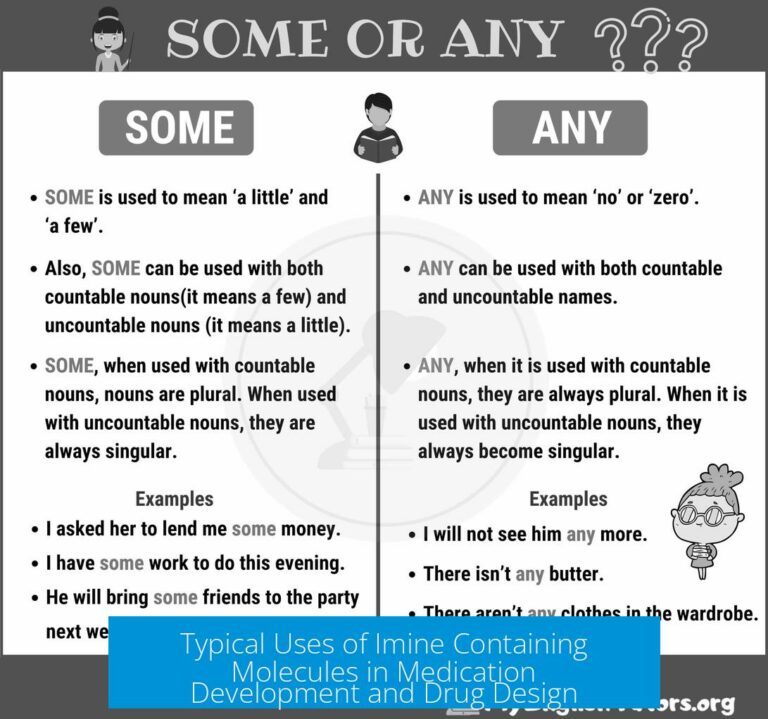How Does TLC Show That a Reaction Has Finished When You Have Less Than 100% Yield?
Thin Layer Chromatography (TLC) shows that a reaction has finished by demonstrating the disappearance or significant reduction of the starting material spots and the appearance of product spots, even if the yield is less than 100%. This qualitative technique reveals that the reaction has reached equilibrium when no further changes in the TLC pattern occur over time.
1. Monitoring Reaction Progress with TLC
TLC is a widely used technique to track how far a reaction has proceeded. Throughout the reaction, samples are taken at various time points and analyzed on TLC plates. The main goal is to observe the spots corresponding to the starting material and product.
- The starting material spot typically fades or disappears as it converts into the product.
- The product spot becomes more prominent with time.
- When two successive TLC analyses show very similar spot patterns, it suggests the reaction has reached equilibrium or completion.
As the reaction progresses, TLC profiles provide quick visual confirmation of conversion. However, if a spot for the starting material continues to appear, this indicates that the reaction has not gone to completion. The absence of further changes advises chemists to stop the reaction even though the yield may not be 100%.
2. Understanding TLC’s Qualitative Nature
TLC offers qualitative, not quantitative, information about reaction progress. It reveals whether starting materials remain or products form, but it cannot precisely determine yield.
- Some byproducts may not be visible or may co-elute with product spots, complicating interpretation.
- Similar Rf values of starting material and product may mislead TLC analysis.
- Even if TLC shows disappearance of starting material, actual isolated yield may be lower due to losses during work-up and purification.
Therefore, TLC indicates reaction progress but cannot guarantee 100% yield. Additional analytical methods are needed for accurate quantification.
3. Practical Use of TLC Spots and Co-Spots
Using multiple spots on a TLC plate enhances understanding of the reaction mixture composition.
- Spot the starting material sample.
- Spot the product sample.
- Perform a co-spot that combines both starting material and product.
Comparing these spots helps identify if residual starting material remains in the reaction mixture and confirms product formation. Although this approach is not quantitative, it helps chemists assess if a reaction is complete or still proceeding.
4. Identifying Reaction Endpoint by TLC Stability
Repeated TLC analyses are conducted over minutes or hours. When the TLC pattern stabilizes, with no new spots appearing and spot intensities remaining constant, the reaction is deemed to have reached equilibrium.
At this point, chemists consider the reaction finished despite the incomplete conversion or presence of byproducts. This is practical since extended reaction times often do not improve yield meaningfully.
5. Limitations of TLC in Yield Estimation
TLC has limitations that restrict its reliability in quantifying reaction yield:
| Limitation | Impact on Reaction Monitoring |
|---|---|
| Non-quantitative nature | Cannot measure exact amounts; only shows presence or absence of components. |
| Invisible byproducts | Byproducts lacking chromophores or staining do not appear and can be missed. |
| Co-elution of compounds | Starting material and product spots overlapping hampers clear interpretation. |
| Post-reaction processing losses | Losses during extraction, purification reduce isolated yield even if TLC shows full conversion. |
Due to these factors, TLC only suggests if the reaction is complete but cannot determine accurate yield or purity.
6. Complementary Analytical Methods
Accurate yield and purity analyses require methods such as Nuclear Magnetic Resonance (NMR), High Performance Liquid Chromatography (HPLC), or Liquid Chromatography-Mass Spectrometry (LC-MS).
- NMR provides quantitative information on product ratios and purity.
- HPLC and LC-MS separate and identify components with precise quantification.
- These techniques clarify ambiguities that TLC cannot resolve, especially for complex mixtures.
In practice, TLC is a first-line technique, with more advanced techniques confirming detailed results.
7. Enhancing TLC Interpretation
Certain practices improve TLC’s effectiveness for monitoring completion:
- Using appropriate stains helps visualize different functional groups and components.
- Understanding whether the reaction is reversible impacts when to stop monitoring.
- TLC analysis after reaction work-up reveals purities and losses incurred.
- Awareness of the extinction coefficients of compounds aids in interpreting spot intensities.
Combined with chemists’ knowledge about typical reaction timeframes and behavior, TLC helps make informed decisions about reaction endpoints.
8. Chemists’ View on Yield and TLC Monitoring
Chemists prioritize efficient reaction monitoring over perfect yields. For example:
- A 60% yield obtained in 3-4 hours can be preferable to a 90% yield requiring 12 hours.
- TLC provides rapid feedback on reaction progress, enabling timely decision-making.
- TLC results aligned with expected timelines guide researchers to stop reactions or troubleshoot if results deviate.
This pragmatism values TLC’s role as a quick, practical tool rather than a precise quantification method.
Key Takeaways
- TLC shows reaction completion by the disappearance or reduction of starting material spots and emergence of product spots.
- Reaction endpoint is identified when TLC profiles stabilize without further changes.
- TLC is qualitative; it cannot measure exact yield or detect all byproducts.
- Isolated product yield may be less than TLC conversion due to work-up losses.
- Complementary techniques (NMR, LC-MS) provide detailed yield and purity data.
- Proper staining, spotting strategies, and understanding reaction conditions improve TLC analysis.
- Chemists use TLC pragmatically, balancing time and yield considerations efficiently.





Leave a Comment